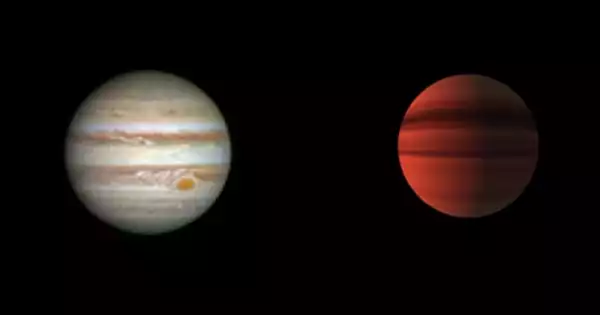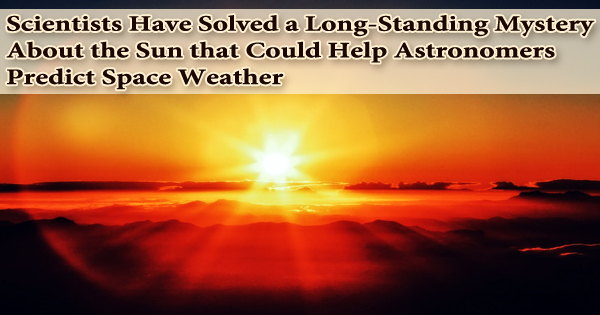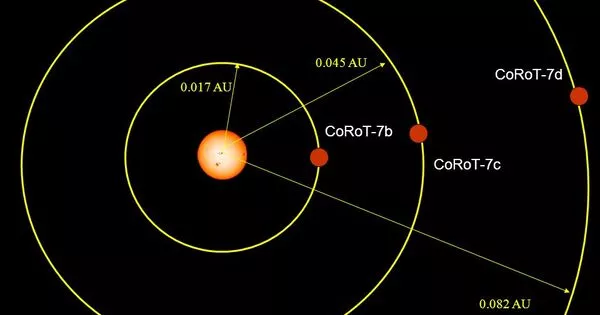HD 80606 b is a strange and hot Jupiter located 190 light-years away from the Sun in the constellation Ursa Major. It is a gas giant exoplanet that revolves around a G-type star. A team led by Michel Mayor and Didier Queloz discovered it orbiting the star HD 80606 in April 2001. It has a mass of 4.38 Jupiters, takes 111.4 days to complete one orbit around its star, and is 0.4565 AU away from it. In 2001, it was announced that it had been discovered.
Because the planet passes through the host star, its radius can be calculated using the transit method and was discovered to be slightly smaller than Jupiter’s. It has a slightly lower density than Earth. It has an extremely eccentric orbit, similar to that of a comet, with its orbit taking it very close to and then very far away from its star every 111 days.
HD 80606b is a giant extrasolar planet orbiting a star in the constellation of Ursa Major, about 190 light-years away. This planet is about the size of Jupiter and has a minimum mass of 3.9 Jupiter masses.
Discovery
The variable radial velocity of HD 80606 was discovered in 1999 by the G-Dwarf Planet Search, which surveyed nearly 1000 nearby G dwarfs to identify extrasolar planet candidates using the 10-m Keck 1 telescope at the W. M. Keck Observatory in Hawaii. The star was then tracked by the Geneva Extrasolar Planet Search team using the ELODIE spectrograph mounted on the Haute-Provence Observatory’s 1.93-m telescope. On April 4, 2001, the discovery of HD 80606 b was announced.

Physical properties
After HD 20782 b, HD 80606 b has the most eccentric orbit of any known planet. It has an eccentricity of 0.9336, which is comparable to Halley’s Comet. The eccentricity could be caused by the Kozai mechanism, which occurs when the planet’s orbit is significantly inclined to that of the binary stars. Measurements of the Rossiter–McLaughlin effect support this interpretation, indicating that the planet’s orbit may be significantly inclined (by 42±8°) to the rotational axis of the star, a configuration that would be expected if the Kozai mechanism were responsible for the orbit.
The highly eccentric orbit of HD 80606b distinguishes it. This exoplanet, like a comet, spends most of its time far from its parent star, HD 80606, and then whips around it dramatically when it gets close. It travels between 79 million miles from its star – roughly halfway between Venus and Earth in our Solar System – and 2.8 million miles away every 111.8 days. That’s nearly 13 times closer to the Sun than Mercury’s average distance. HD 80606b receives a large amount of energy from its star during its closest approach.















